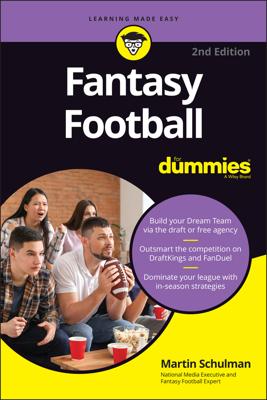Great defensive linemen in American football need a combination of size, speed, strength, and durability, which isn’t found in many players. A good defensive lineman has the majority of these qualities:
Size: A defensive lineman needs to be 260 pounds or bigger.
Durability: Defensive linemen must be able to withstand the punishment of being hit or blocked on every play. Because they play 16 or more games a season, with about 70 plays per game, defensive linemen are hit or blocked about a thousand times a season.
Quickness: Speed is relative, but quickness is vital. A lineman’s first two steps after the ball is snapped should be like those of a sprinter breaking from the starting blocks. Quickness enables a defensive lineman to react and get in the proper position before being blocked.
Arm and hand strength: Linemen win most of their battles when they ward off and shed blockers. Brute strength helps, but the true skill comes from a player’s hands and arms. Keeping separation between yourself and those big offensive linemen is the key not only to survival but also to success. Using your hands and arms to maintain separation cuts down on neck injuries and enables you to throw an offensive lineman out of your way to make a tackle.
Vision: Defensive linemen need to be able to see above and around the offensive linemen. They also need to use their heads as tools to ward off offensive linemen attempting to block them. A defensive lineman initially uses his head to absorb the impact and stop the momentum of his opponent. Then, using his hands, he forces separation.
Before the ball is snapped and before impact, the opponents’ backfield formation usually tells him what direction the upcoming play is going in. Anticipating the direction of the play may lessen the impact that his head takes after the ball is snapped.
Instincts: Defensive linemen need to know the situation, down, and distance to a first down or a score. And they must be able to know and read the stances of all the offensive linemen they may be playing against. In an effort to move those big bodies where they need to go a little more quickly, offensive linemen often “cheat” in their stances more than any position in all of football. By doing so, they telegraph their intentions. Defensive linemen must assess these signs prior to the snap in order to give themselves an edge.

